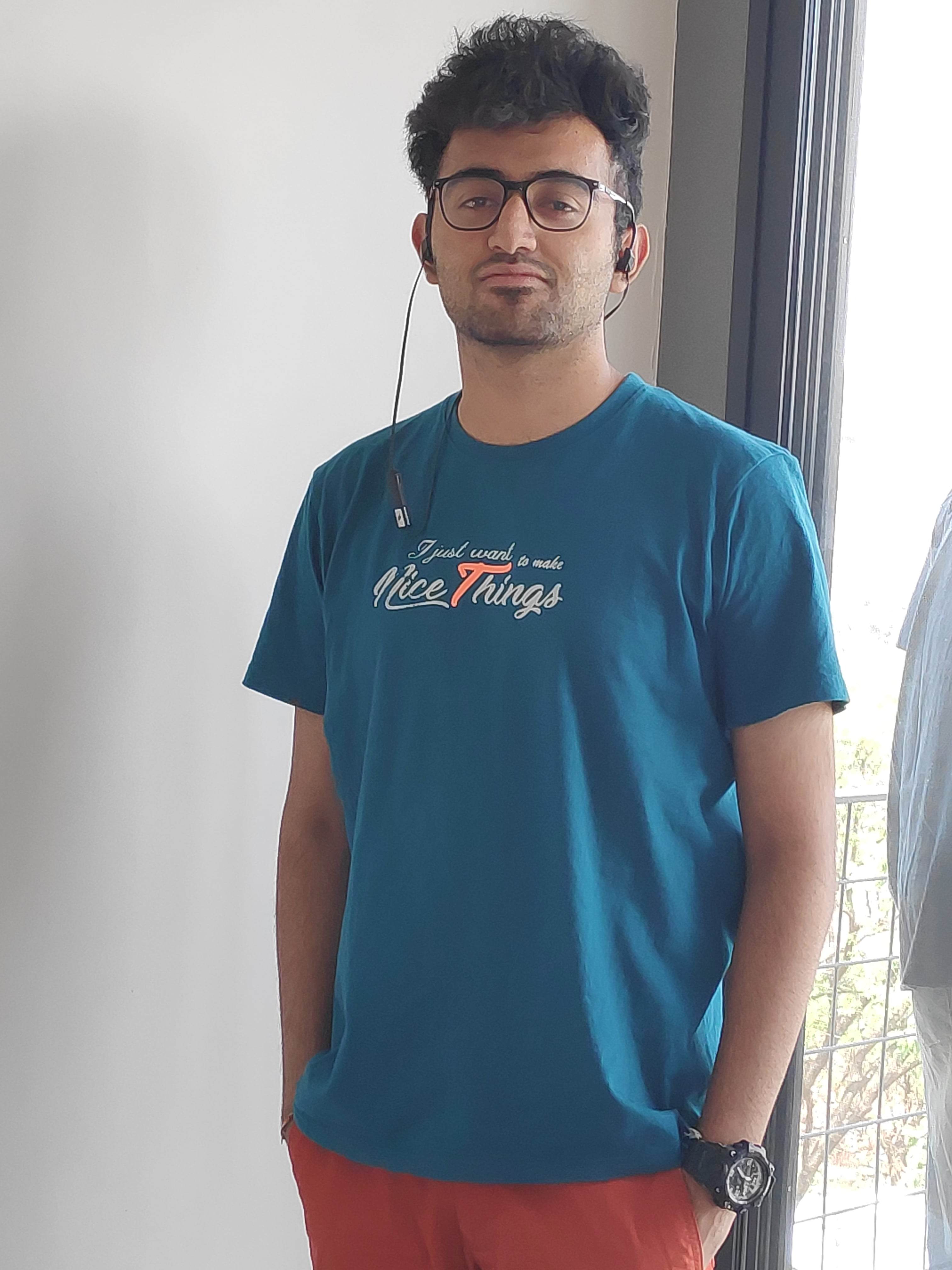Google Summer of Code - Project Presentation
Date:
[TL;DR]: A research project that uses Machine Learning techniques to study and understand the electronic properties of low-temperature materials via simulations of Nuclear Magnetic Resonance.
In this lightening talk, I present a brief summary of my work done with the ML4SCI-NMR organization during the Google Summer of Code 2021. I recently wrote a blog post to summarize my work at GSoC’21 on TowardsDataScience.
Link to talk presentation
Motivation
In the past decade or so, there has been tremendous progress in developing novel quantum materials and achieving quantum control. Nuclear Magnetic Resonance (NMR) is a well-known non-intrusive technique used to probe these materials, understand their properties and behavior. This summer, we extended NMR as a technique to sense strong electronic spin-spin correlations and spin-spin interactions between nuclei. Our project aimed to use AI, particularly Machine Learning to classify and predict parameters of different materials solely based on a simple NMR spin-echo experiment.
The Dataset
The dataset we use is the average nuclear magnetization time series obtained by simulating NMR experiments. We model a system of spin-half particles on a 2D lattice with different interaction strengths and couplings modeled by three radial kernels or function types to represent gapped and gapless spin excitations. One of our primary goals is to identify the kernel type and value of coupling strengths solely based on the shape of the spin echo.
Methods
To achieve a higher level of interpretability, we use different feature spaces, namely, the pointwise time-series, the pointwise frequency distribution, and polynomial features. We extract specific features from the time-series by a technique called “Multiscale Polynomial Featurization”. Here, we partition the time series into bins of equal length and fit a cubic polynomial in each bin. We use these coefficients as the new features of the curve. Finally, we perform tasks like regression and classification on the new features.
Results
Regression
We get the best regression results with a random forest regressor. We can predict the value of the integral of the radial kernel over the entire space using the echo curve. We notice that the most important features for determining this are: The average value in the pre-echo region and Slope and the curvature of the echo-regio right at the center of the echo-pulse
Classification
Using a Random Forest classifier, we achieved an excellent F1-scores of ~ 0.9 on classifying echo curves of the power-law type vs. non-power law type. Essentially, we were able to classify the type of interactions between the nuclei of material solely by looking at the average magnetization of the sample in an NMR experiment.
A special token of gratitude to my mentors Dr Stephen Carr, Prof Vesna Mitrovic, Prof Chandrasekhar Ramanathan, and Prof Brad Marston
Thank you!
